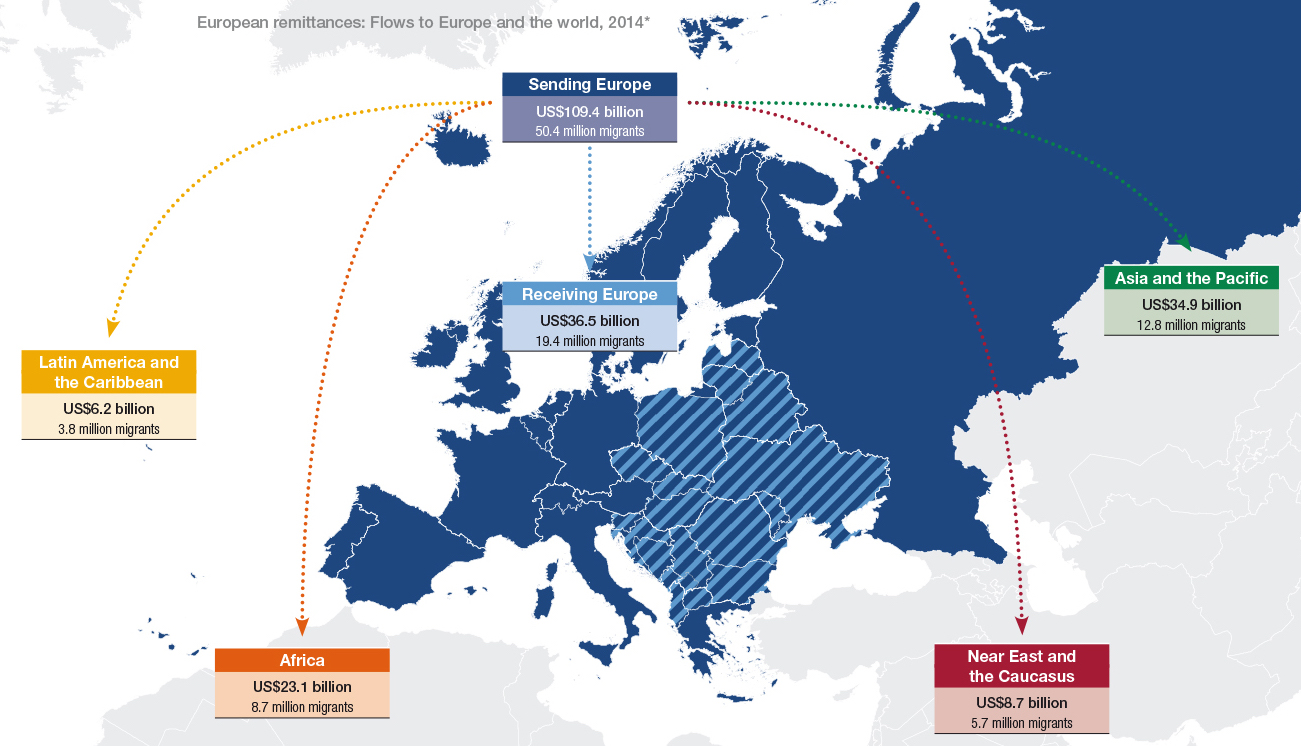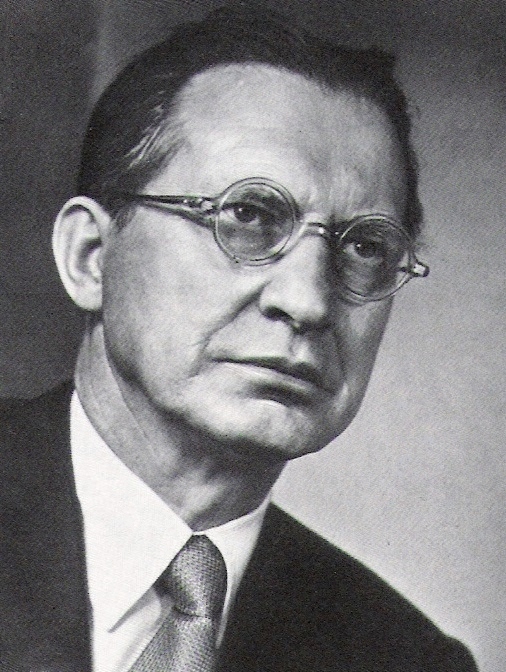Remitancat nga Evropa mbi 109 miliard $, mundësi shpëtimi për miliona në mbarë botën
Nga IFAD, 16 qershor 2015
Një raport i fundit tregon se, emigrantët që punojnë në Evropë kanë dërguar në vendet e tyre 109.4 miliardë dollarë gjatë vitit 2014, duke ndihmuar rreth 150 milionë njerëz rreth botës.
Studimi i i International Fund for Agricultural Development (IFAD) tregon se, 2/3 e parave shkojnë në vendet e zhvilluara, shumica në Azi dhe Afrikë. Kurse 1/3 është dërguar nga Rusia dhe vendet e Evropës Perëndimore në vendet e Evropës Lindore, ku bën pjesë dhe Shqipëria. Vendi ynë merr nga Italia rreth 30% të totalit të remitancave nga e gjithë Evropa.
Brenda vendeve të BE-së, emigrantët kanë dërguar në vendet e tyre 63.7 miliardë dollarë, aq sa është edhe i gjithë fondi i ndihmës në union. Studimi, i cili bazohet tek të dhënat e Bankës Botërore, thotë se Rusia është “dërguesja” kryesore.
Emigrantët që punojnë në Rusi kanë dërguar në vendet e tyre gjatë vitit 2014 rreth 20.6 miliardë dollarë. Më pas vijnë emigrantët nga Britani, Gjermania, Franca, Italia dhe Spanja. Vendet kryesore përfituese janë Ukraina, Polonia dhe Rumania.
Last year migrant workers living in Europe sent home US$109.4 billion in remittances, providing a lifeline to more than 150 million people around the world, according to the new report “Sending Money Home: European flows and markets” by the International Fund for Agricultural Development (IFAD).
Remittances from Europe represent a quarter of remittances flows worldwide. Last year, the amount sent from migrant workers in the European Union’s 28 members states was comparable to the ODA sent by the EU to developing countries. The typical amount sent from migrant workers ranged from $1,500 to $3,200 annually.
Remittance flows from Europe
On the sending end, Western Europe and the Russian Federation were the main source of remittances. The top six sending countries in 2014 were: the Russian Federation ($20.6 billion), the United Kingdom ($17.1 billion), Germany ($14 billion), France ($10.5 billion), Italy ($10.4 billion) and Spain ($9.6 billion).
On the receiving side, in 2014, about one third or $36.5 billion of European remittances went to 19 countries in the Balkans, the Baltics and Eastern Europe, including 10 EU member states. The remaining two thirds or $72.9 billion went to over 50 developing countries outside Europe.
Of the 19 remittance-receiving countries within Europe, the report shows that 9 countries whose economies are agriculture-based relied the most on flows from Europe. For example, remittances represented 22 per cent of GDP in Moldova.
Beyond Europe, about $34.9 billion went to Asia and the Pacific, $23.1 billion were sent to Africa, $8.7 billion went to the Near East and the Caucasus. Latin America and the Caribbean received $6.2 billion. But Northern Africa and Central Asia were the regions that were most reliant on European flows, largely from France and Russia, respectively.
Europe is also a source of considerable remittances to fragile states such as Afghanistan, Iraq and Sudan, where these flows are vital for the survival of millions of families. Remittances did not represent a significant outflow of wealth from the 26 sending countries. According to the report, remittances amounted to less than 0.7 per cent of individual country GDP.
Immense potential for rural development
With 40 per cent of remittances going to rural areas, the report also suggests that remittances can play a critical role in the transformation of vulnerable communities.
If migrant workers and their families were given more options, they could invest – even if a small part of their money – in new productive activities or small businesses. This would in turn create jobs, improve food security and lead to better lives.
To this end, the report recommends improving access to basic financial services such as savings and credit, but also to provide families with non-financial services adapted to their needs such as technical assistance for business development or financial education programmes.
More competitive markets for lower costs
The report also calls for more competition in the marketplace to lower transfer costs.
A migrant in Europe spends on average about 7.3 per cent of the amount sent in fees. While this average is slightly below the global average of 7.9 per cent, a reduction to 5 per cent would save migrants in Europe more than US$ 2.5 billion in transfer costs per year.
Fifth Global Forum on Remittances and Development
“Sending Money Home: European flows and markets” will be presented at the fifth Global Forum on Remittances and Development, taking place in Milan on 16-19 June. The forum brings together heads of state, policymakers, private sector stakeholders and civil society leaders to map out the road ahead for enhancing the impact of remittances on development.
The forum will open with the first observance of the International Day of Family Remittances.


 Libraria Shteti Web
Libraria Shteti Web









